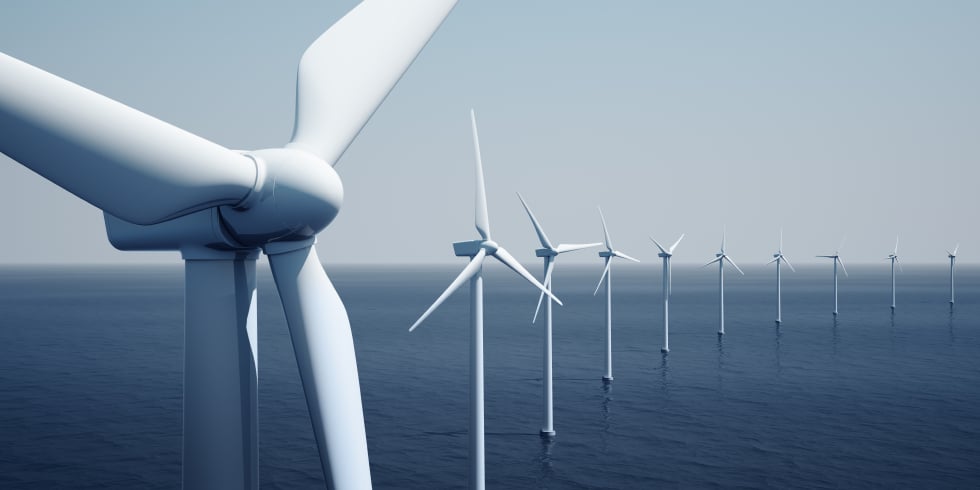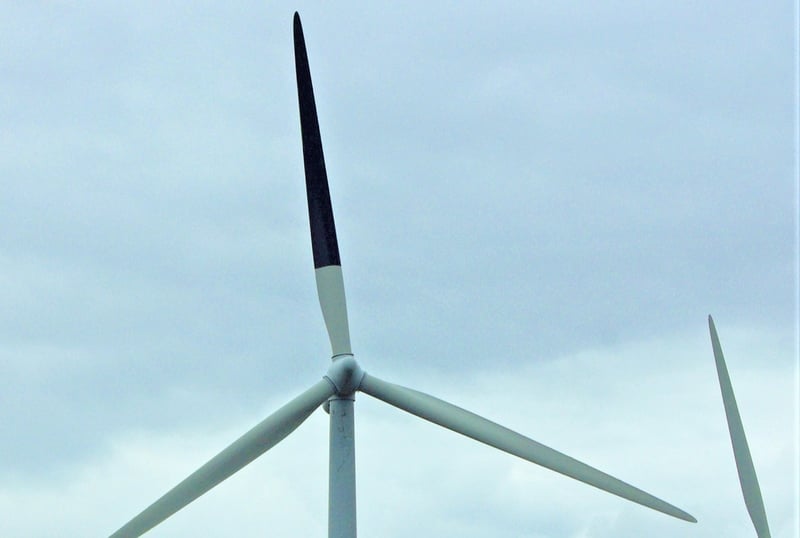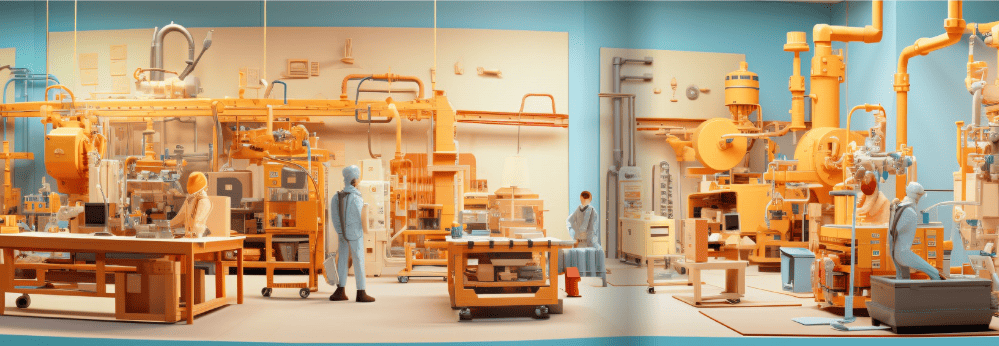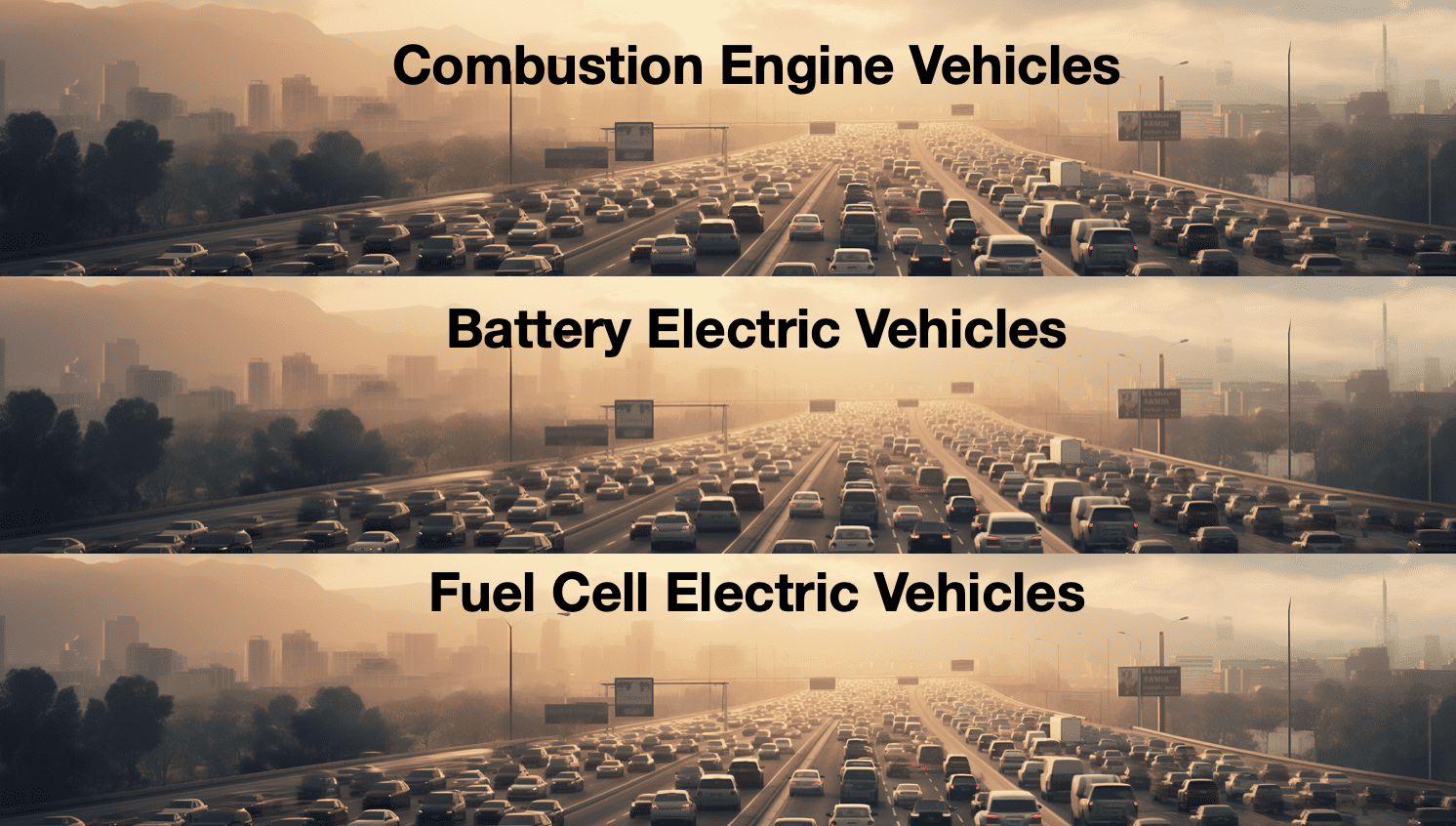
I read an article from Wyoming, USA. In 25 years from now, used windmill blades will generate 43 million tons of waste per year. Blades installed 20 years ago are now nearing the end of life, and blades installed now will be nearing the end of life in 20 years. Since the broken wind turbine in Zeewolde on 3 January, we know that we better respect this maximum lifetime. By good fortune, no one got injured or killed in Zeewolde.
The average length of one blade is 40 meters, and the weight is around 5 tons. Every wind turbine has three such blades. They can hardly be recycled because they are thermoset plastic (made from oil) reinforced with fibers. They, therefore, end up in landfills covered with soil in Wyoming and many other places. Opposition against this is mounting because, contrary to household waste, these thermoset plastics and fibers don’t leach or decay. The industry is working on recyclable blades, but that will not be of help until 2050.
Most of what is installed now or in the next 10 years will end up in landfills. That worries me more since no one in The Netherlands or EU talks about this. I would expect Frans Timmermans, Rob Jetten, and Christianne van der Wal to address this issue now and not wait until all this waste leads to another ‘crisis’. As far as I know, we presently export a lot of this waste, but that is not a sustainable solution.








